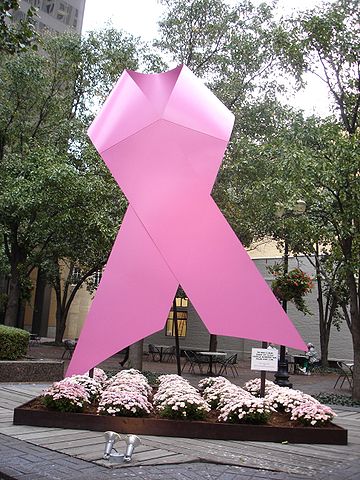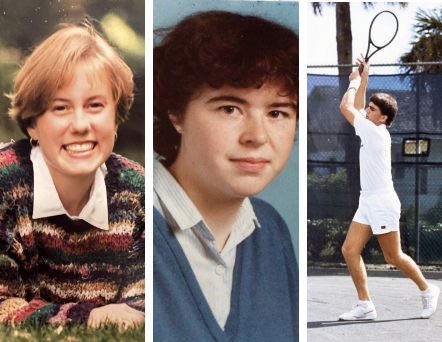On September 18, 2009, Annalise Myre, a sophomore from Georgetown Day School, received a call that her mom was diagnosed with triple negative breast cancer. Annalise remembers the day clearly: “when he said cancer I [knew] that I have heard of the disease but didn’t know what it meant and was confused”.
When Annalise’s mom was first diagnosed with breast cancer, the oncologist told her that she had a nine-inch wide tumor. Because her mother had been expecting, she associated the soreness of her breasts with a side effect of pregnancy. Because of the lack of immediate treatment, Annalise’s mother had a 30% chance of survival.
Her father explained that her mother would have to undergo chemotherapy treatment for a couple of months. He also explained the side effects of going through this treatment, including hair loss. The notion of her mother losing her hair initially shocked Annalise, until she realized that hair loss meant wig shopping. In Annalise’s mind, she believed her mom was going to look like the then-teenage sensation, Hannah Montana.
As a teenage girl uninformed on the process of coping with cancer, Annalise was confused and afraid; she was unsure of what was going to happen to her mother over the course of her treatment.
Annalise’s situation is, unfortunately, not unique. One in eight women in the U.S. will develop breast cancer in their lifetime ; in 2015 alone, there have been nearly 240,000 cases, according to the Susan G. Komen Foundation. Statistics show that white women are more likely to be diagnosed with breast cancer but African American women under the age of 45 are more likely to die of the disease.
Breast cancer rates are also unevenly distributed between developed and underdeveloped countries. “In more developed countries, there were 3.2 million women who had survived breast cancer for at least 5 years; the figure for less developed countries was 3.0 million”, said worldwide cancer researcher Ferlay J. Soerjomataram.
Although a cure for breast cancer remains to be found, the scientific community has made long strides in improving prognoses of breast cancer patients. Over recent years, there have been significant advances in medical understanding and treatment of breast cancer. Incident rates under the age of 50 have steadily decreased, due to early detection, treatment and more awareness.
As part of an effort to raise awareness of the disease, the American Cancer Society named the month of October as Breast Cancer Awareness month. This means that throughout this whole month people are participating in breast cancer events to increasing awareness and provide funds. “ I think that it is great that there is a month dedicated to a such a serious disease that people are diagnosed with”, Myre said.
Around the WIS community there has been some support for Breast Cancer Awareness Month. For example, one of the ways WIS has spread awareness is having pink ribbon and breast cancer posters around the gym during volleyball games. Even though it doesn’t seem like a lot, small things can go along way.
The symbol for breast cancer awareness month is the pink ribbon, a tradition that originated in 1991 when the Foundation of Susan G. Komen handed out pink ribbons to the participants in the New York’s breast cancer run. During the entirety of October, NFL players, buildings, and landmarks wear pink as a “shout out” to breast cancer awareness month.
The experience of dealing with cancer brought Annalise’s family closer together, where they began to “ look out for [themselves] and each other”. After her mother was diagnosed, Annalise’s family collectively decided to exercise more and eat healthier so she won’t become even more sick. After chemotherapy on April 10th, 2010 Annalise’s mom got a double mastectomy and was told she was now cancer free.
Five years later, Annalise’s mom is still cancer free, and is healthier and happier. “She is a survivor and she is doing very well”, Annalise said. During Annalise’s soccer games in the month of Breast Cancer Awareness, she likes to wear pink to support her mom. In the end, Annalise believes that Breast Cancer Awareness Month helps lots of people become more educated in the topic, saying that “ I think that it is great that there is a month dedicated to a such a serious disease that people are diagnosed with”.
By Sydney Gonzalez

































































